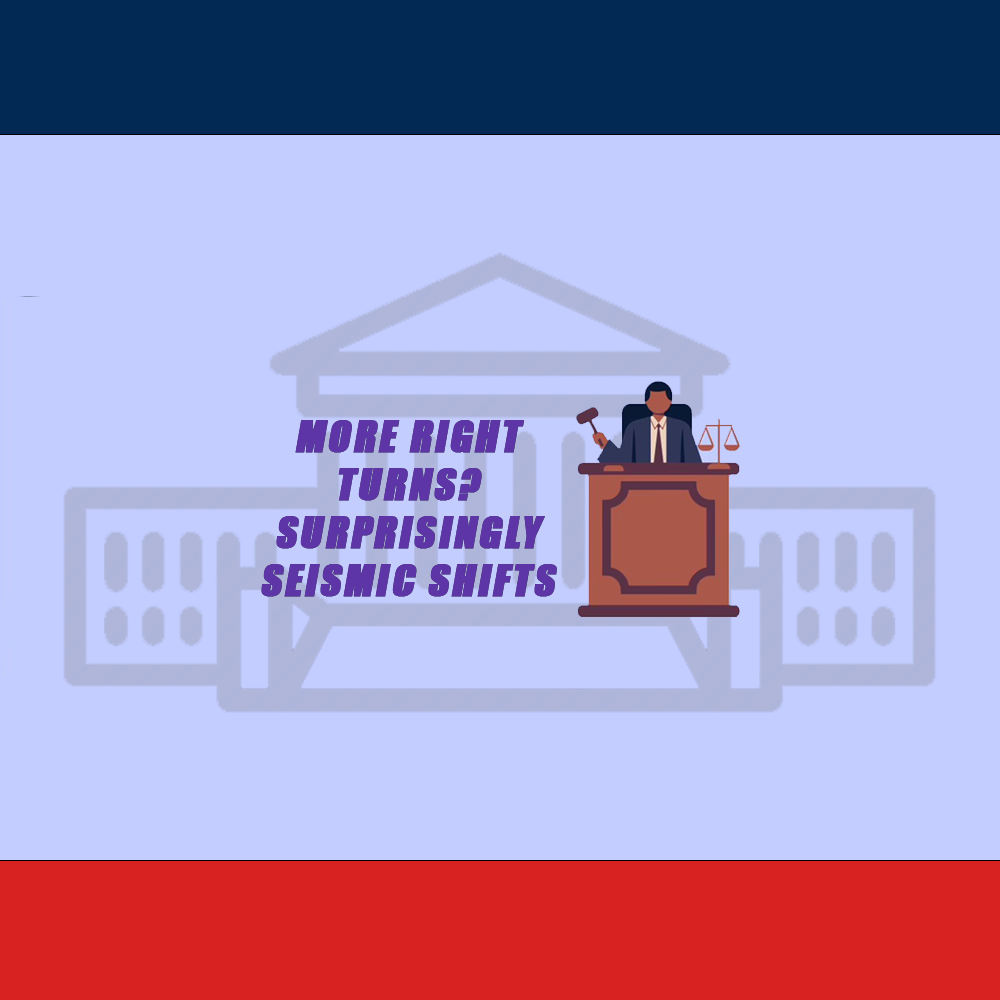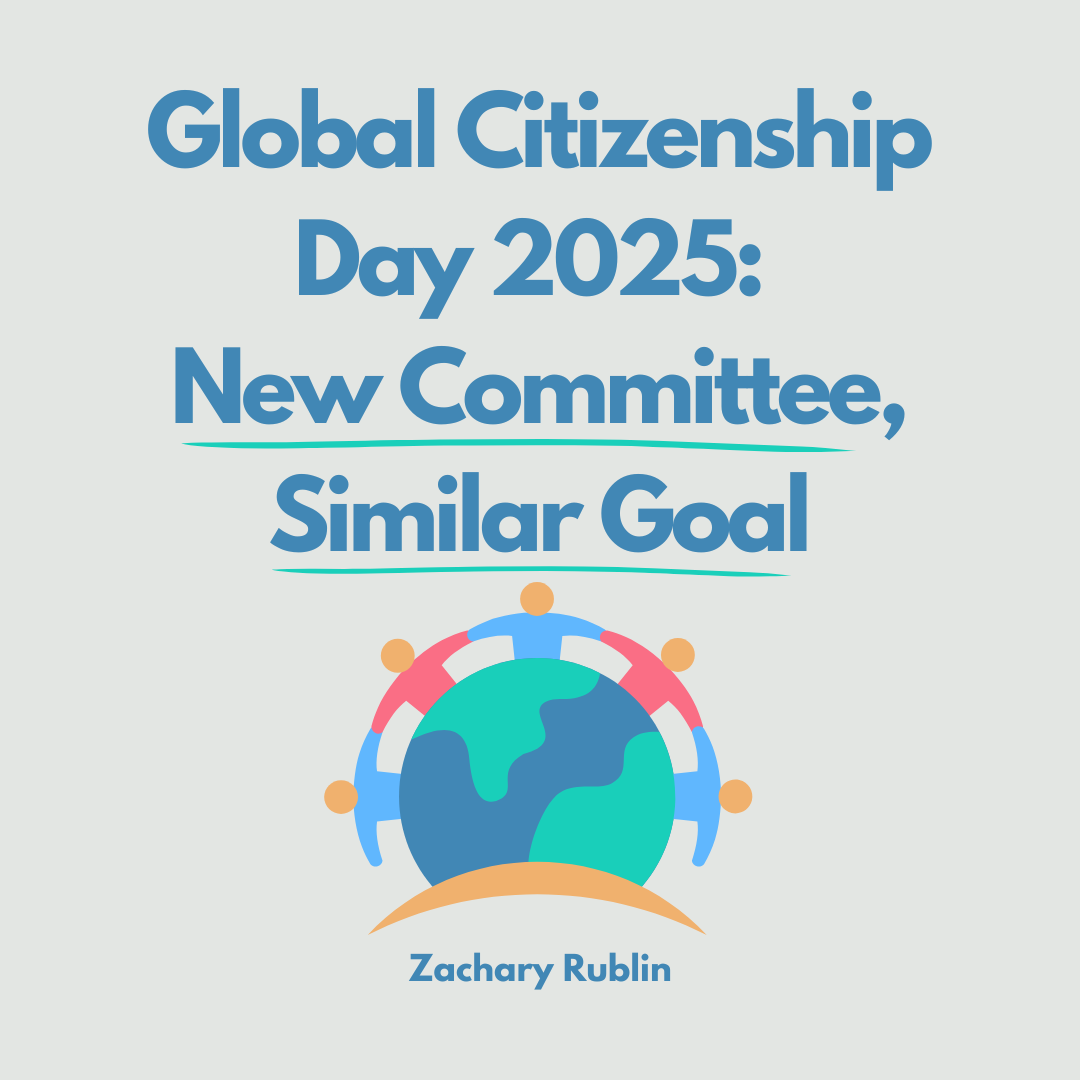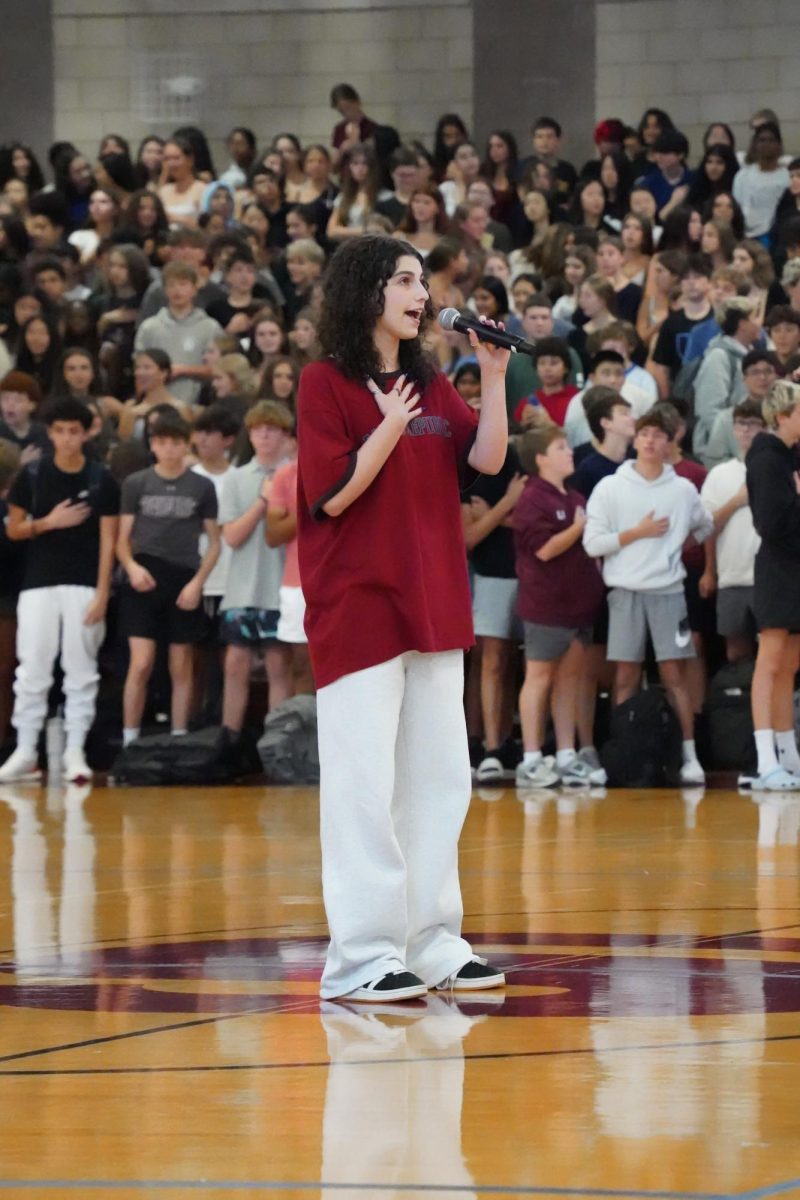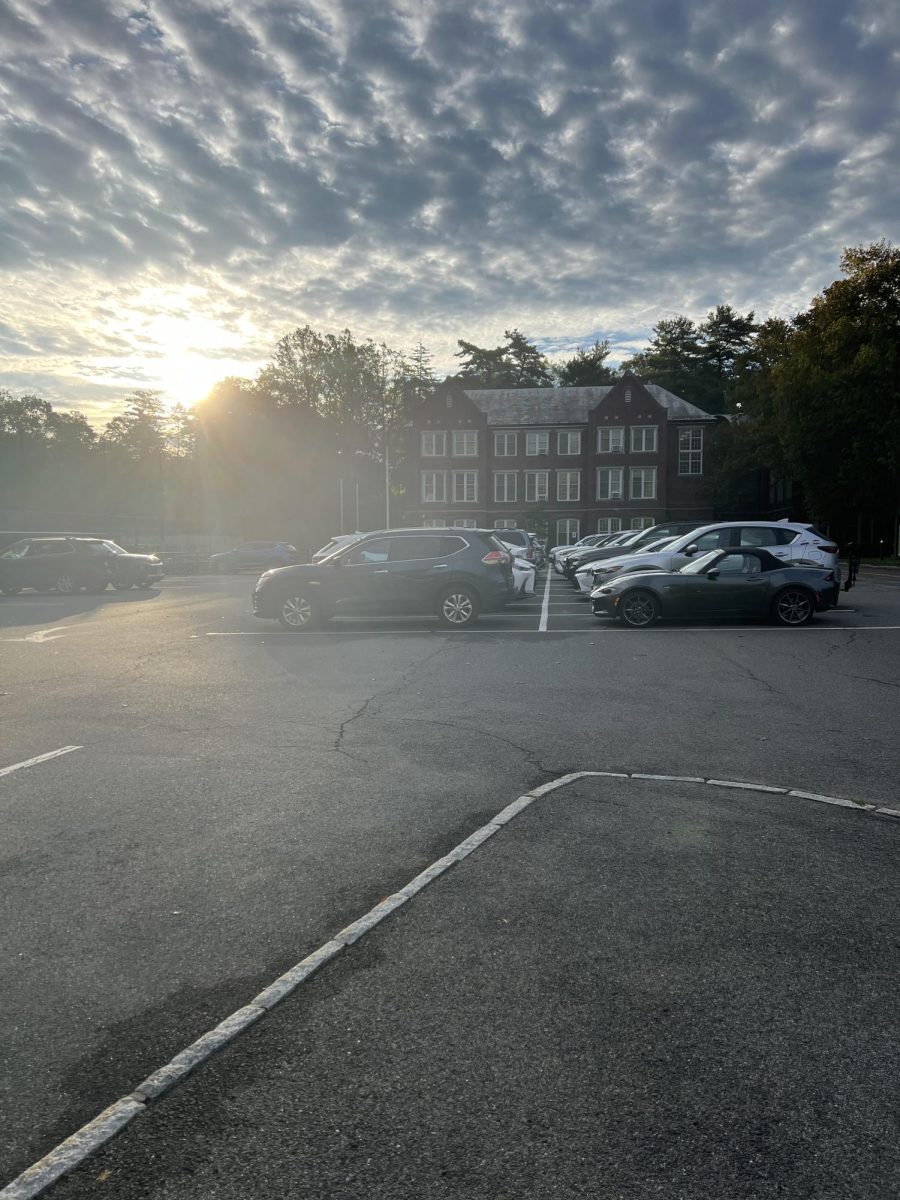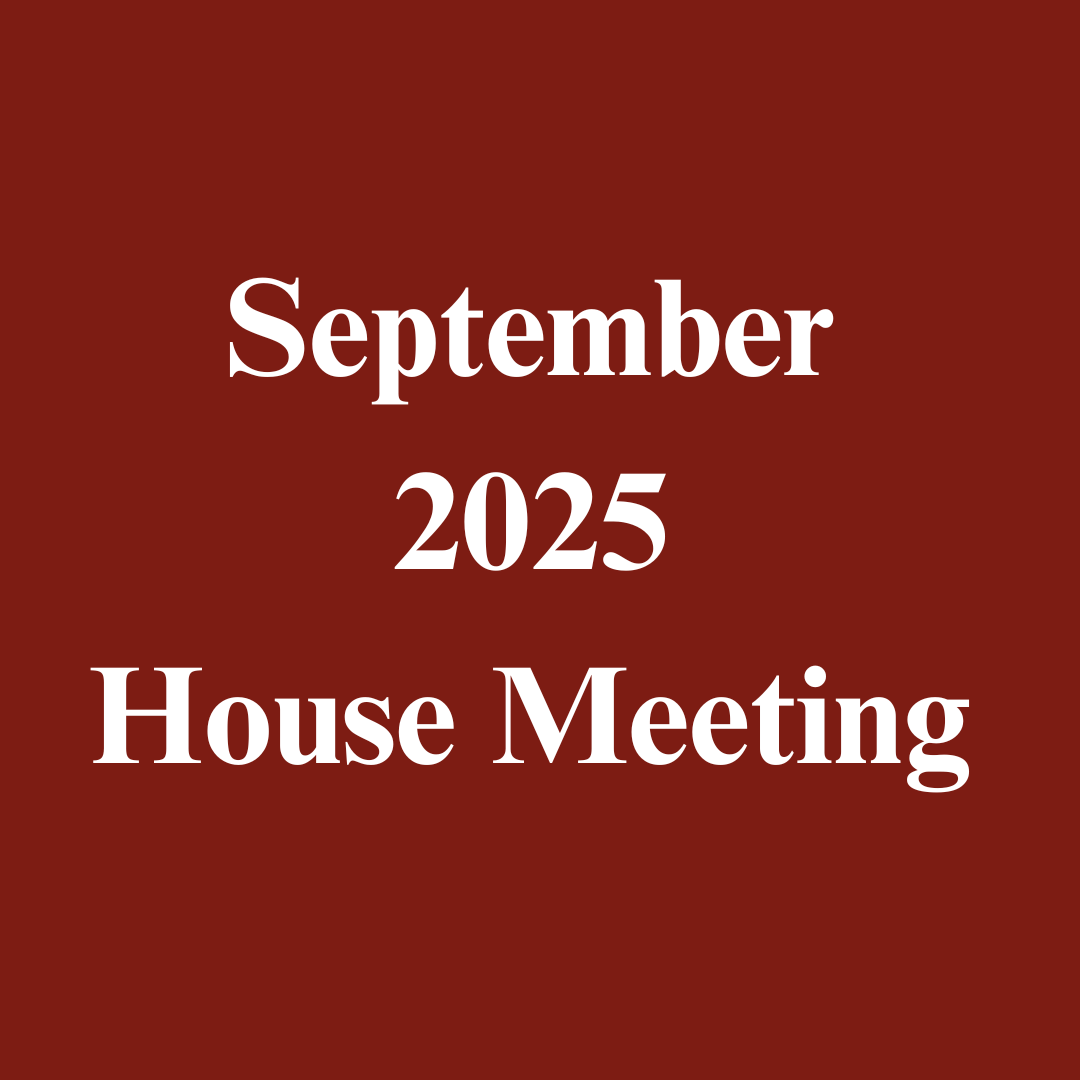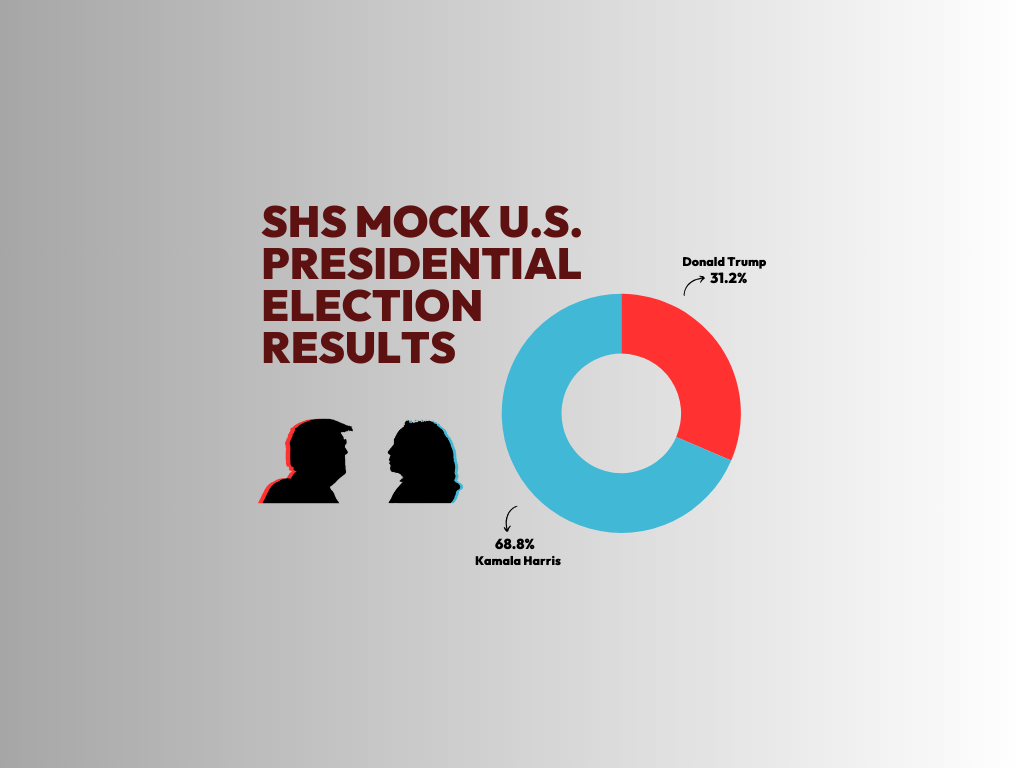The United States Supreme Court began its new term on October 2nd. The 2023-2024 term will bring before the court more cases whose decisions will have long-term, transformative implications for the country. While the court normally accepts cases onto its docket until late January, we already know there is a full schedule of cases that will involve, amongst other topics, divisive issues such as Second Amendment gun rights and First Amendment issues related to user content moderation on social media.
The topic of gun control has long been a political hot topic in the United States. On this year’s Supreme Court docket is a case, U.S. v. Rahimi, that will determine whether individuals accused of domestic violence still retain their constitutional right to carry a gun under the Second Amendment. Currently, federal law prohibits individuals who have a protection or restraining order against them from legally carrying guns. Last year, in a 6-3 decision in New York State Rifle & Pistol Association v. Bruen, the Court struck down New York State’s rule that had given state officials broad latitude to deny gun permits. Justice Thomas, writing the majority opinion, said that a state requiring “proper cause” to carry a gun for self-defense violated the Second Amendment and that only the same limits that were recognized by our Founding Fathers early in the country’s history could be permitted. That decision resulted in a host of challenges to gun-control measures. This year’s case before the Court will push the justices to either change their position or fully embrace the ramifications of their prior ruling in Bruen.
Some Republican states, including Texas and Florida, have put in place laws that restrict social media companies from deciding what user content should be permitted to appear on their sites. Social media companies often have policies regarding content moderation and at times move to ban users for posting contentious content that is often deemed to be misinformation. Conservatives feel that social media companies are left-leaning and seek to censor conservative speech. Liberals feel that not enough is done to contain hate speech that can rapidly promulgate online. In the past, private companies have had discretion to decide what content they would allow, and they typically require users to abide by a set of content standards. These companies believe that any state laws seeking to prevent their moderating of content on their sites violates their First Amendment free speech rights, while the states who’ve enacted such legislation contend that they must ensure equal access to online platforms as they are akin to real world public squares in which individual free speech is protected. It is now up to the Court to determine the legality of these laws, despite no real legal precedent on which to base their decisions since the internet and social media bring to bear free speech issues that have never before been addressed in this context. Related, the Court has also agreed to hear two cases involving whether public officials have the right to ban citizens from posting certain comments on their accounts.
The justices will also likely need to address remaining questions that have arisen from the Court’s recent rulings on abortion rights and affirmative action in higher education that have overturned long-standing prior precedent. Just one issue related to abortion is a case involving the medical abortion pill, mifepristone, that a conservative lower-court judge in Texas ruled in favor of banning from the market in April, out of concern that it is a workaround to the broad abortion ban that states have implemented following last year’s Court decision. In the realm of universities admissions, while last year’s decision against Harvard and University of North Carolina, made it unlawful for colleges and universities to engage in consider race as a factor in admissions, the vagueness of the decision left open the question of whether and how other factors such as geography and socioeconomic status, that could be proxies for race, may be used. This has resulted in numerous other challenges to race-conscious policies being filed or reopened in lower-courts, some of which will make their way up to the Supreme Court.
Most importantly at the moment, the Court is set to be inserted into the 2024 presidential election quagmire. It must urgently need to decide if former President Trump can be left off the ballot, as many states have recently attempted to do, thereby preventing his second run for the presidency due to his efforts to subvert the 2020 election results and subsequent involvement in the events of January 6, 2021 on Capitol Hill, as well as the multiple criminal and civil cases pending against him. The Court has agreed to take up this contentious issue, with arguments scheduled to be heard on February 8th during what would normally be part of a judicial winter break due to the urgency that a decision be reached in advance of Super Tuesday on March 5th. This will entail the Supreme Court, for the first time ever, considering the meaning and application of the 14th Amendment that prohibits someone who “engaged in insurrection” from holding public office, and whether Trump’s actions rise to the level intended for this ban. No matter what the Court decides in this matter, the justices are wading into a political minefield as there will political dissatisfaction regardless of their decision.
In addition, despite the nation’s highest court historically being immune to popular opinion, the majority of the public believes reforms are necessary as there has been waning public trust in the institution in recent years. According to a recent POLITICO poll, 75% of voters believe Supreme Court justices should be bound by a mandatory code of ethics, similar to judges in lower courts, and potentially, term and age limits instead of life-time appointments. There has also been a resurfacing of arguments to change the structure of the Court, perhaps adding more seats in an effort to better balance representation from both conservative and progressive justices, although the last time the number of justices changed was in 1869.
This all also comes amid an environment where there is increased public scrutiny of the court due to ethics controversies related to undisclosed gifts and trips that some justices, on both sides of the political spectrum, accepted, including Justices Thomas, Alito, and Sotomayor, prompting the need for justices to potentially recuse themselves from certain cases. In response, on November 13th, the Court adopted, and all nine justices signed, the Court’s first-ever Code of Conduct, detailing expectations for judicial conduct both on and off the bench to “avoid impropriety and the appearance of impropriety.” Critics, however, believe that this step is merely a symbolic gesture that will have limited impact because of the lack of enforcement mechanisms since the justices are expected to enforce it themselves. Yet, the justices maintain in commentary issued along with the code, that they will be wary of recusing themselves unnecessarily because unlike in lower courts, since there are only nine of them, they cannot be replaced if they are disqualified from a given case.
With public tensions already high given the Court’s shift to the right due to the addition of three Trump-appointed conservatives and the anger and confusion over last year’s high-profile decisions, the 2023-2024 judicial term is going to be one that is sure to bring more long-lasting changes and controversy to our already polarized country.



